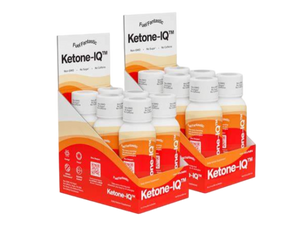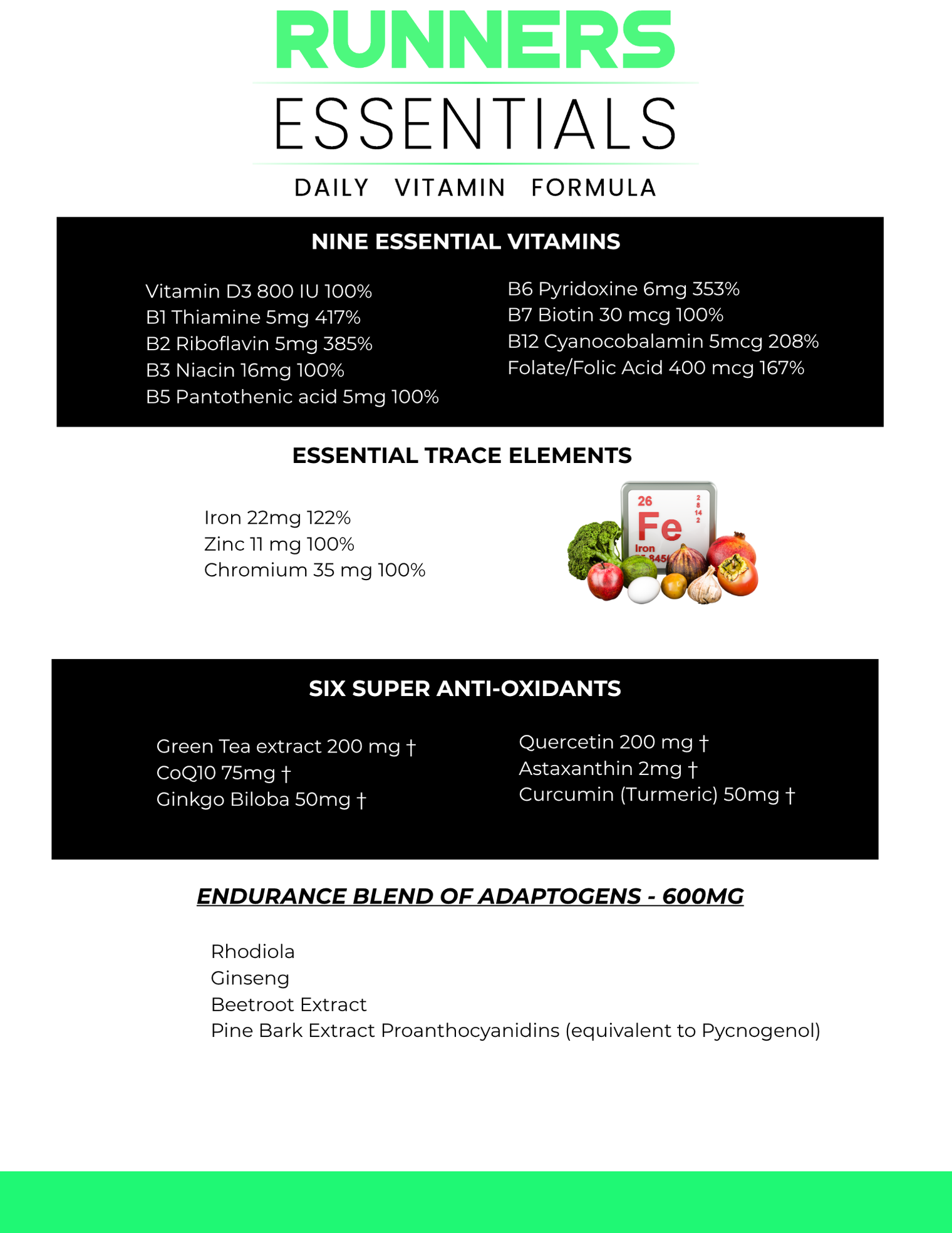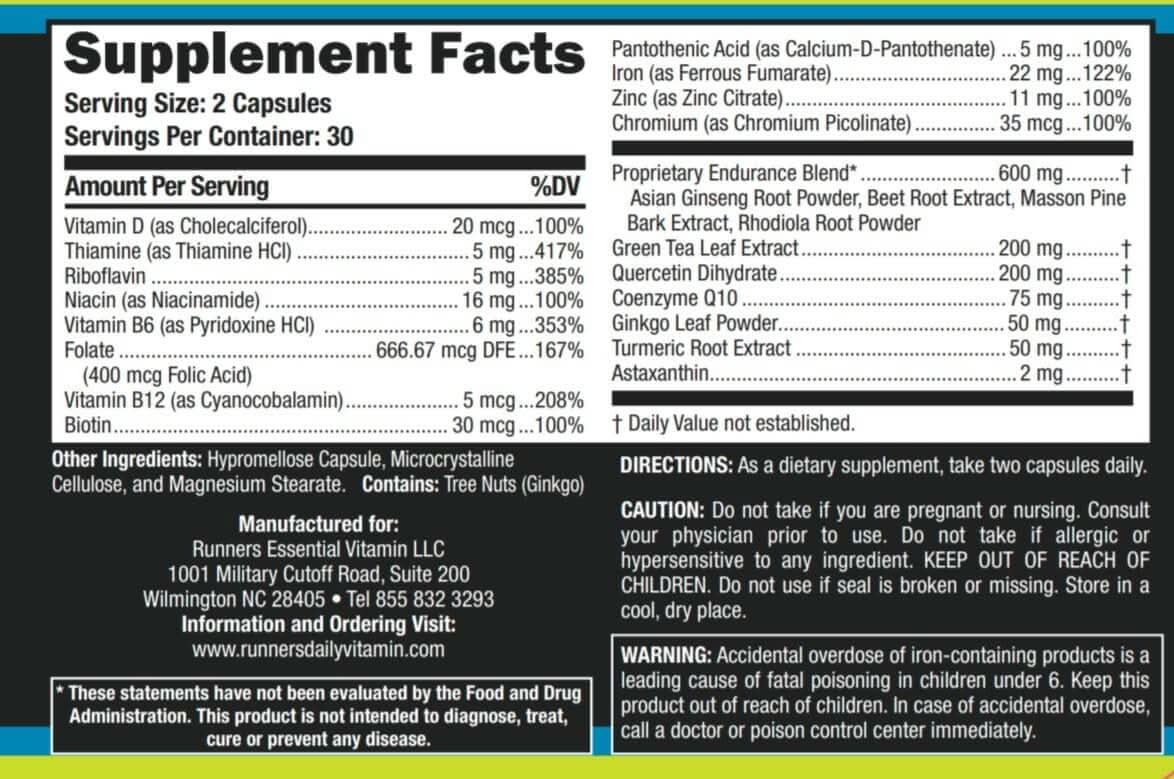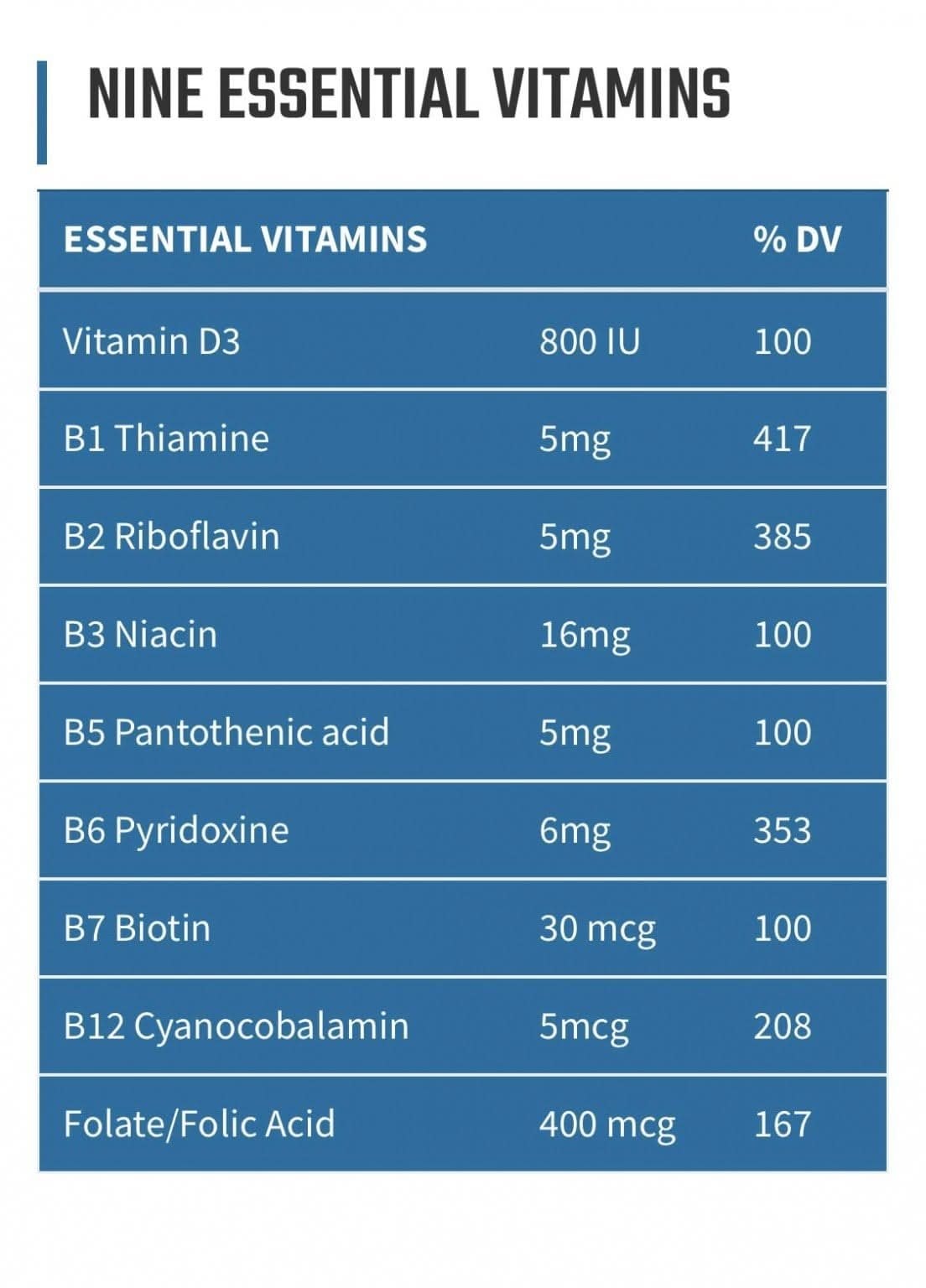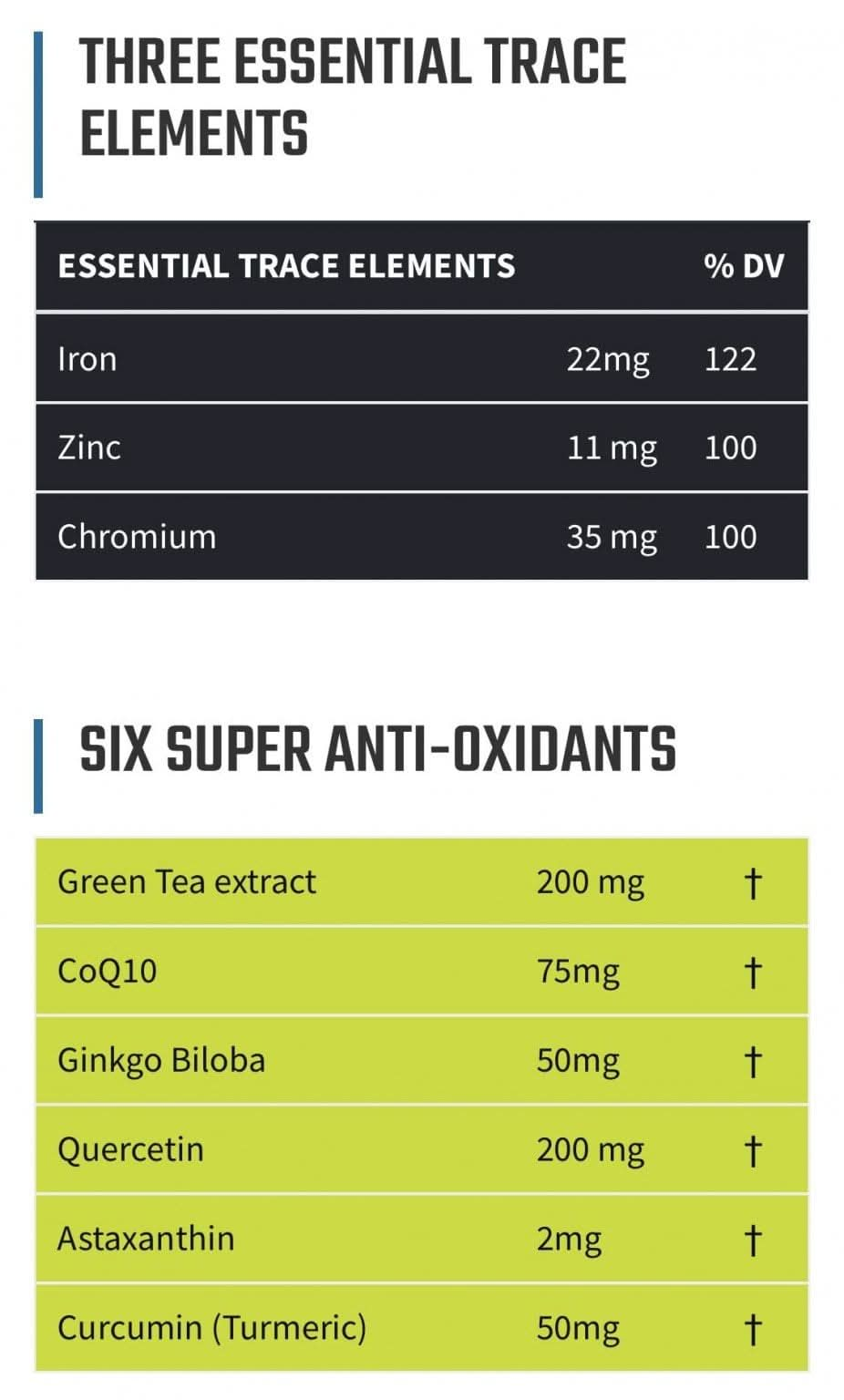Scott W. Tunis MD FACS •
The two most important concepts to understand with respect to carbohydrates and recovery are:
1) The different types of carbohydrates
2) The glycemic index
Carbohydrates, one of the three main food groups, are the main source of energy for our bodies. They are composed of oxygen, hydrogen, and carbon and come in various molecular forms in the fruits, grains, vegetables and milk products we consume.
Carbohydrates are classified as simple or complex. Or they can be called simple or complex sugars. Same thing.
Simple carbohydrates, or monosaccharides, contain just one sugar. Glucose, fructose (found in fruits) and galactose (found in milk products) are monosaccharides. Carbohydrates with two sugars, named disaccharides, are sucrose (table sugar), lactose (from dairy) and maltose (found in beer and some vegetables).
Complex carbohydrates are called polysaccharides and have three or more sugars. They are often referred to as starchy foods and include beans, peas, lentils, peanuts, potatoes, corn, and whole-grain breads and cereals.
We break down and convert all of these carbohydrates in our bodies into the simple sugar glucose and we use it for energy production or for glycogen storage. Excess carbohydrate intake above and beyond our energy requirements we simply convert and store as body fat (oops!)
So whether you consume table sugar or a baked sweet potato, chemically you are getting the exact same thing. The difference is how fast you get it. That’s where the glycemic index comes in.
The glycemic index is a measure of how rapidly an ingested carbohydrate raises blood sugar. How fast it hits your bloodstream, so to speak. Glucose, which raises blood sugar the most rapidly of all carbohydrates, is assigned a value of 100. Lower values for all other carbohydrates indicate a slower elevation of blood sugar after their ingestion.
- SCIENTIFIC FACT #1 After an endurance workout, the science is clear (and it should be fairly obvious) that your muscles need carbohydrates to recover. Muscle repair and synthesis are more efficient when carbohydrates are consumed right away and combined with adequate protein.
Furthermore, multiple studies agree you should consume carbohydrates and protein in a 3 or 4 to 1 ratio for optimum recovery. That might be hard to achieve with a beer and pizza… so it might be best for you to research a nutritional product targeted for your specific athletic activity. (You can still have beer and pizza if you want.)
The carbohydrates commonly used in recovery nutrition formulas are dextrose, maltodextrin, and waxy maize.
Dextrose is a simple sugar chemically identical to glucose, usually made from corn, and has a glycemic index of 96-100. Maltodextrin is a complex carbohydrate, made from corn, rice, potato starch, or wheat and has a glycemic index of 85-100.
- SCIENTIFIC FACT #2 The advantage of both of these carbohydrates in athletic recovery is that they have high glycemic indices and that glucose (energy) is delivered rapidly to your bloodstream.
The disadvantage is that the more rapid the rise, then the more rapid the decline. And blood sugar crashes during the later phases of athletic recovery are not good. You may have experienced the consequences of a rapidly falling blood sugar later in your recovery with the feeling,
“I’m still hungry. I want to eat everything in sight. But I can’t eat another bite because I’m so full!”
Waxy maize is also a plant-based complex carbohydrate used in recovery nutrition. It is more slowly digested and absorbed than dextrose or maltodextrin. With a glycemic index of only 63, waxy maize yields a slower and more gradual rise of serum glucose after ingestion, as well as a more gradual decline.
- SCIENTIFIC FACT #3 A combination of waxy maize with either dextrose or maltodextrin in a recovery formula provides a rapid rise of serum glucose from dextrose or maltodextrin and a gradual rise and slower decline from waxy maize, thereby providing a more constant and prolonged delivery of glucose during the recovery period.
Interestingly, fructose (fruit sourced carbohydrate) has a very low glycemic index of only 25, so adding fruit to your recovery shake is also a wise choice and will help to prevent a late glucose crash.
There you have it, carbohydrates for recovery. So do your research. Drink up! Complex sugars are a good thing. Recover, repair, and replenish with the right mix of carbohydrates
RELATED
Set It and Forget It! Up to 35% OFF Single Bottle Price with a Subscription + Free Shipping.
A fusion of science, athletics, and nutrition that maintains an unwavering commitment to quality, content, and purpose. Our daily proprietary formula blends essential vitamins, potent antioxidants, and energy-boosting adaptogens.
Physician, Elite Athlete and Nutritionist formulated and grounded in real science.
- Manufactured in the USA in a GMP and NSF Certified Facility
- Non-GMO, Gluten Free, BSCG Certified Drug Free
- 22 All-Natural Ingredients with 12 Essential Vitamins and Minerals
- 6 Super Antioxidants and 4 Phytonutrients
- Physician, Elite Athlete and Nutritionist Formulated

